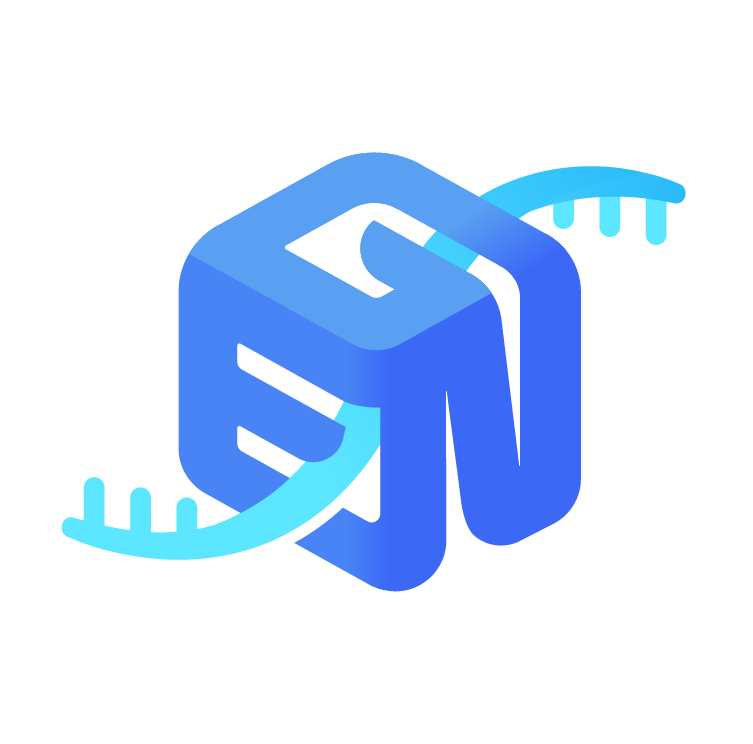

 Gene Expression Nebulas
Gene Expression NebulasSummary: See "Akula et al., Molecular Psychiatry in Press". RNA-sequencing (RNA-seq) is a powerful technique to investigate the complexity of gene expression in the human brain. We used RNA-seq to survey the brain transcriptome in high-quality post-mortem dorsolateral prefrontal cortex from 11 individuals diagnosed with bipolar disorder (BD) and from 11 age- and gender-matched controls. Deep sequencing was performed, with over 350 million reads per specimen. At a false-discovery rate of <5%, we detected 5 differentially-expressed (DE) genes and 12 DE transcripts, most of which have not been previously implicated in BD. Among these, PROM1/CD133 and ABCG2 play important roles in neuroplasticity. We also show for the first time differential expression of long non-coding RNAs (lncRNAs) in BD. DE transcripts include those of SRSF5 and RFX4, which along with lncRNAs play a role in mammalian circadian rhythms. The DE genes were significantly enriched for several Gene Ontology (GO) categories. Of these, genes involved with GTPase binding were also enriched for BD-associated SNPs from previous genome-wide association studies, suggesting that differential expression of these genes is not simply a consequence of BD or its treatment. Many of these findings were replicated by microarray in an independent sample of 60 cases and controls. These results highlight common pathways for inherited and non-inherited influences on disease risk that may constitute good targets for novel therapies.
Overall Design: Brain transcriptome in bipolar disorder
| Strategy: |
|
| Species: |
|
| Tissue: |
|
| Healthy Condition: |
|
| Growth Protocol: | - |
| Treatment Protocol: | - |
| Extract Protocol: | Total RNA was extracted from the dorsolateral prefrontal cortex (Brodmann area 46) of post-mortem brain tissue of 11 BD cases and 11 healthy controls |
| Library Construction Protocol: | Illumina HiSeq 2000 with paired-end flow cell. |
| Molecule Type: | rRNA- RNA |
| Library Source: | |
| Library Layout: | PAIRED |
| Library Strand: | - |
| Platform: | ILLUMINA |
| Instrument Model: | Illumina Genome Analyzer II; Illumina HiSeq 1000 |
| Strand-Specific: | Unspecific |
| Data Resource | GEN Sample ID | GEN Dataset ID | Project ID | BioProject ID | Sample ID | Sample Name | BioSample ID | Sample Accession | Experiment Accession | Release Date | Submission Date | Update Date | Species | Race | Ethnicity | Age | Age Unit | Gender | Source Name | Tissue | Cell Type | Cell Subtype | Cell Line | Disease | Disease State | Development Stage | Mutation | Phenotype | Case Detail | Control Detail | Growth Protocol | Treatment Protocol | Extract Protocol | Library Construction Protocol | Molecule Type | Library Layout | Strand-Specific | Library Strand | Spike-In | Strategy | Platform | Instrument Model | Cell Number | Reads Number | Gbases | AvgSpotLen1 | AvgSpotLen2 | Uniq Mapping Rate | Multiple Mapping Rate | Coverage Rate |
|---|